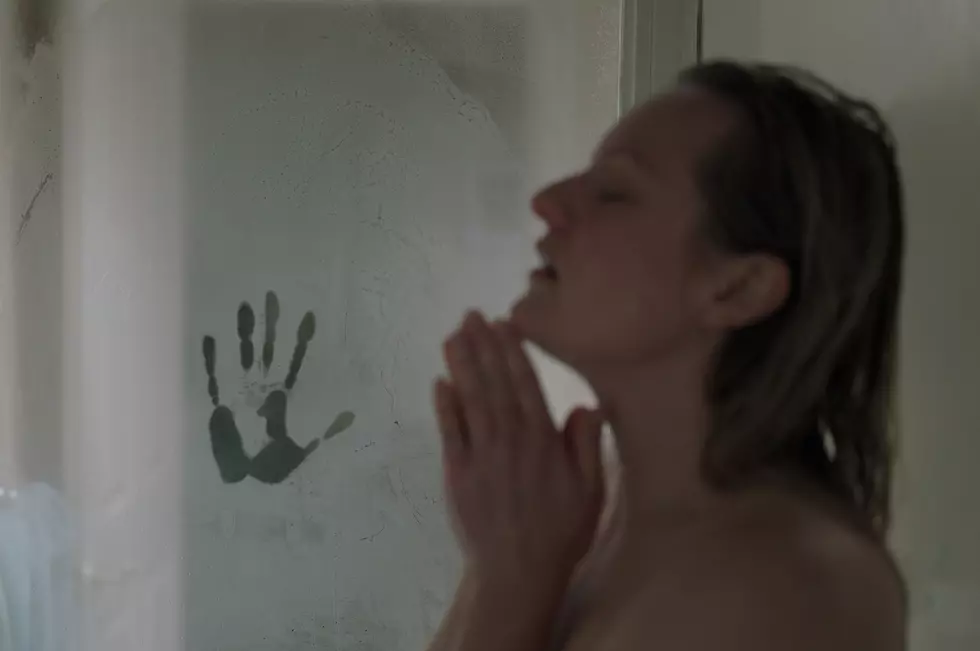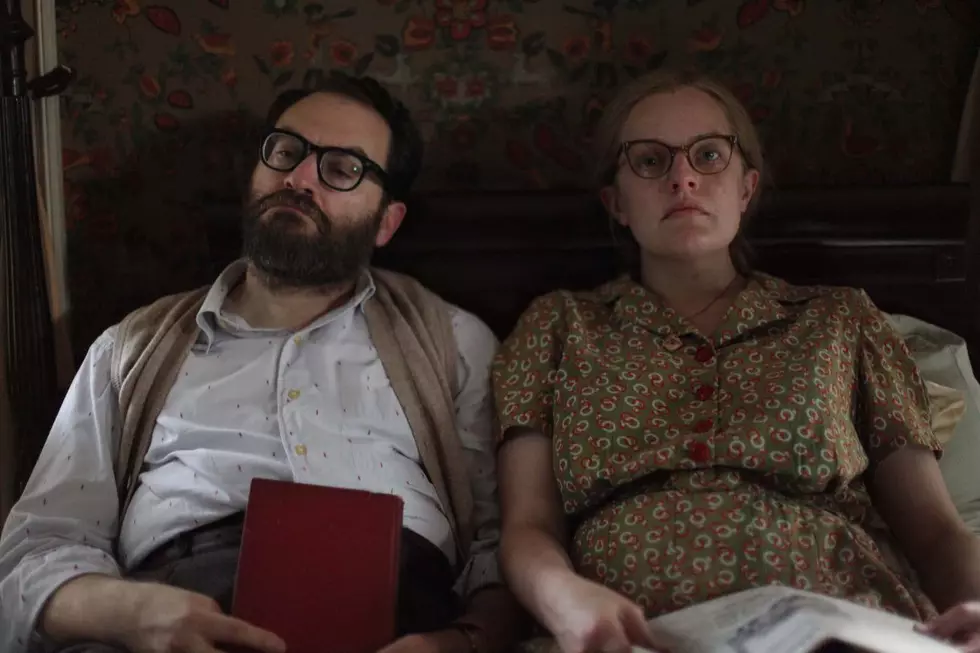
‘The Invisible Man’ Review: A Clever Update of a Classic Monster
Even before he possibly turns into an invisible man, Adrian is already a monster. Although his past with Cecilia is never shown onscreen; the emotional scars he left her with are visible all over Elisabeth Moss’ remarkably expressive face. In the film’s opening scene, Cecilia enacts an escape she’s clearly been planning for a long time, fleeing his modern home overlooking the Pacific Ocean while he sleeps. She gets away, narrowly, but the ferocity of his pursuit is as terrifying as any of the more overtly horrific events that follow. Adrian’s possible godlike powers, if they exist, do not corrupt his soul; they expose it to the light, or more accurately reveal the total absence of a soul where one should have been.
This Invisible Man, written and directed by Leigh Whannell, is about as ingenious a reinvention of an old film brand as has been made in the last decade in Hollywood, infusing H.G. Wells’ 1897 novel (and James Whale’s 1933 adaptation) with all sorts of modern fears about technology, as well as timeless ones about an innocent person being gaslit until until they doubt their mental health. It’s powered by a truly harrowing performance from Moss, and with the exception of one plot thread it probably telegraphs a little too obviously, is cleverly constructed for maximum dread — and maximum audience identification with Cecilia and her precarious grip on sanity.
After Cecilia escapes from Adrian (Oliver Jackson-Cohen), she goes to live with a friend, a cop named James (Aldis Hodge) and his teenager daughter Sydney (Storm Reid). Battered inside and out, and convinced Adrian will somehow find her, Cecilia can barely bring herself to leave James’ house, much less function as a human being. She’s just getting settled in when she receives a shock: Adrian is dead, and his will leaves her a ton of money. Cecilia’s sister (Harriet Dyer) delivers the news, and Cecilia sees the article with her own eyes: “Optics groundbreaker dead of apparent suicide.”
The headline — along with some bizarre equipment Cecilia passes during her escape from Adrian’s compound — are really the only clues for a very long time that what follows is not Cecilia’s gradual mental breakdown as a result of the trauma she suffered at her ex’s hands. It certainly looks like a breakdown. She begins hearing strange sounds, and objects seem to move on their own when she’s alone in James’ house. It would make total sense for Cecilia to imagine Adrian still haunting her from beyond the grave. But maybe it’s not all in her head?
Whannell, whose big break came as the co-writer and co-creator of the Saw franchise with James Wan, knows a thing or two about torturing people onscreen, a skill he deploys quite successfully in The Invisible Man (albeit with a lot less blood and guts than in his Saw days). Whannell began directing his own scripts a few years ago and he’s steadily improved with each project. Invisible Man is his coming-out party as a major genre filmmaker, one who understands how to precisely deploy formal elements like sound design, score, editing, framing, and even small shifts of focus, to elicit responses from his viewers.
From the stylish opening credits, which cleverly foreshadow both the movie’s climax and its epilogue, Whannell is in complete control. He keeps the audience constantly on edge with things as simple as camera movements down long, claustrophobic hallways, and pans away from Moss to empty corners of rooms — or are they empty after all? The longer he holds on unassuming images like a suburban kitchen at breakfast time, the more the stillness becomes hugely suspenseful.
Still, all the trickery wouldn’t work without Moss, who plays Cecilia’s emotional deterioration with remarkable authenticity. Cecilia doesn’t talk much, so Whannell lingers on Moss’ face in close-up and lets her eyes tell us everything. And the more mentally unwell she seems, the more her poor choices — like going into a dark attic alone at night when you think an invisible man might be up there — seem less like questionable screenwriting and more like the acts of a person who isn’t thinking clearly.
A few years ago, Universal announced an Invisible Man movie that would have been part of their “Dark Universe” of interconnected films based on their classic monster franchises like Frankenstein and The Mummy. That version would have starred Johnny Depp and was based on a script initially written by Ed Solomon. Then The Mummy bombed and the whole Dark Universe concept got shelved. Its Invisible Man could have been fine, but it’s hard to imagine it would have been as smartly conceived or as razor-sharp in its focus as this one, which has no cinematic universe to service and no story to tell except Cecilia’s.
Whannell puts her through the wringer — and drags the audience along with her. You lurch out of the theater feeling like your emotions have gotten a full-body workout. I found myself peering into the corners of rooms for the next several hours, wondering what might be lurking there. As many of the great horror masters throughout history understood, Whannell reminds us that the scariest things in movies are
...the ones you can’t see.
Gallery — The Best Horror Movies of the Decade:
More From My WJLT 105.3










